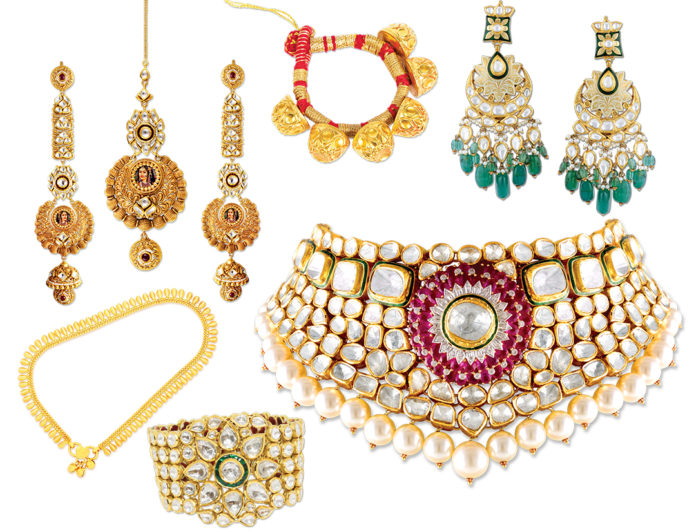- What’s New
- Bride
- Groom
- Weddings
- Ideas & Advice
- Venue & Vendors
- Subscription
- Web Stories
- Latest Issue
- AllBeauty Latest IssueBeauty BasicsBeauty BazaarBeauty ManeBeauty SpecialBeauty TrendsFitness MantraGrandma’s SecretsDestination Travel Latest IssueFashion Latest IssueFashion QuotientFashion StoryFashion TrendsTrousseauFeatures Latest IssueCustoms & Rituals Latest IssueFrom The ArchivesRegional Wedding Latest IssueHis & Hers Latest IssueEquationsHard TalkTete A TeteYin & YangHome Decor Latest IssueHome BazaarHome DecorHoming InJewellery Latest IsuueJewellery BazaarJewellery Trends
© Copyright - B.M. House (India) Limited 2019










